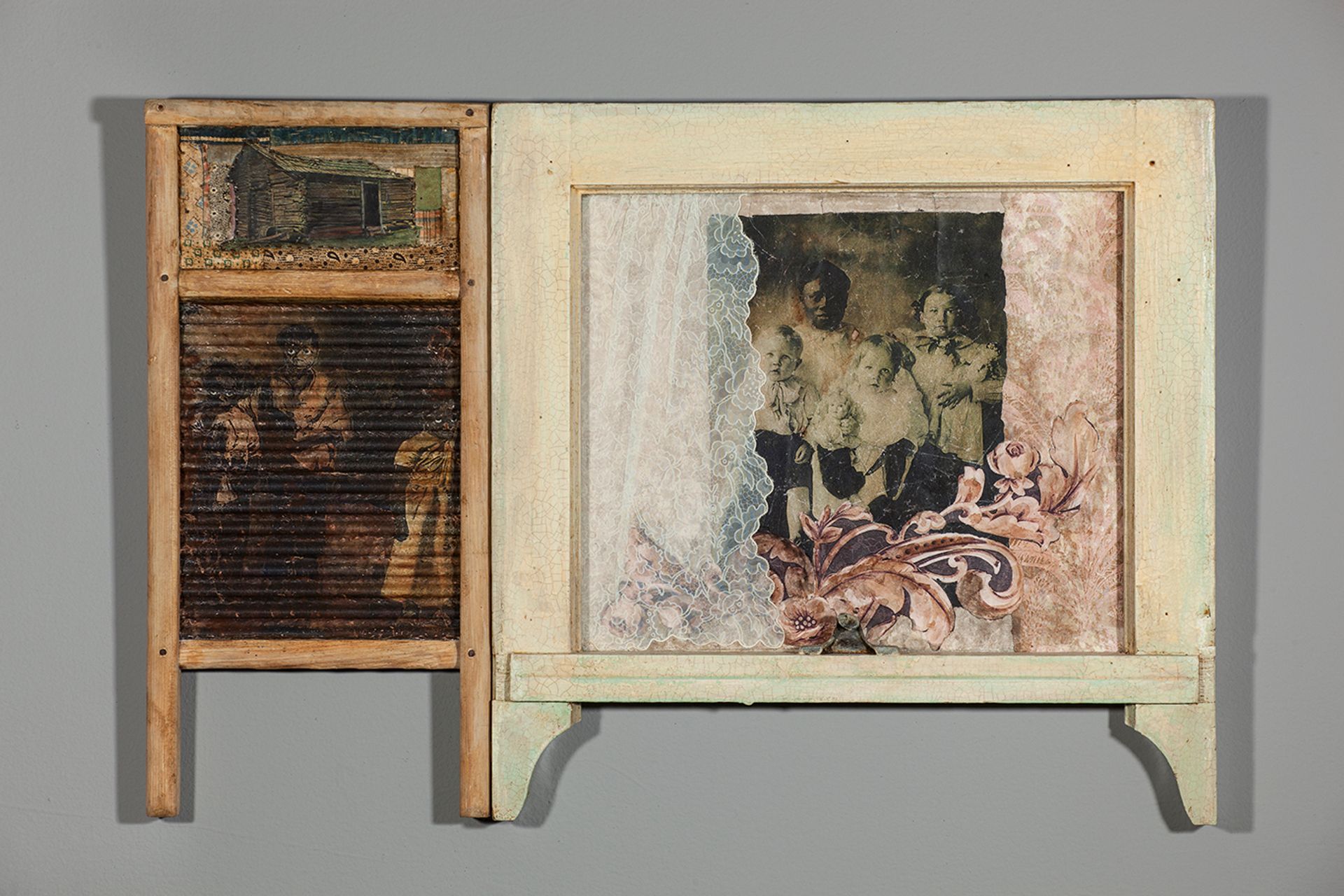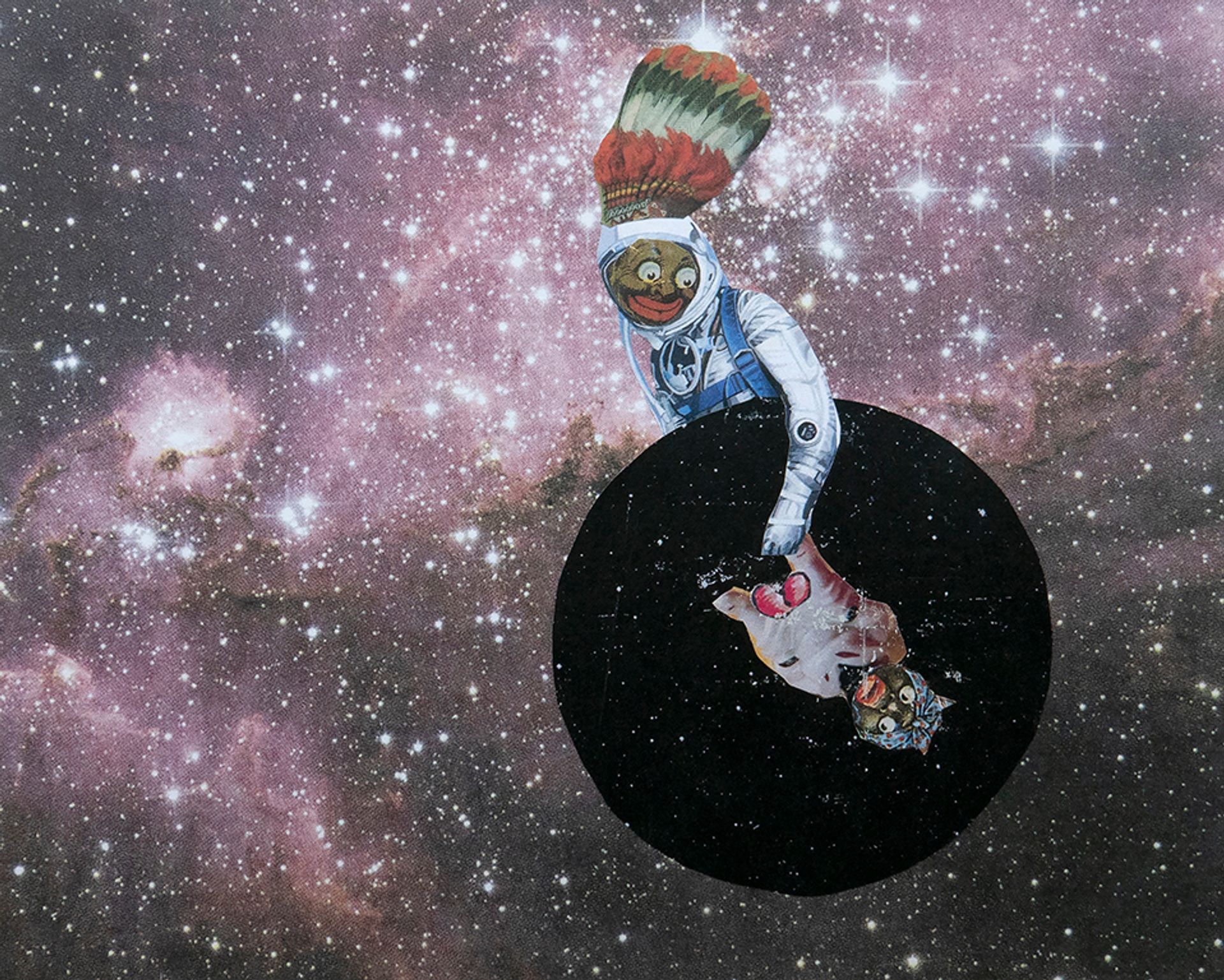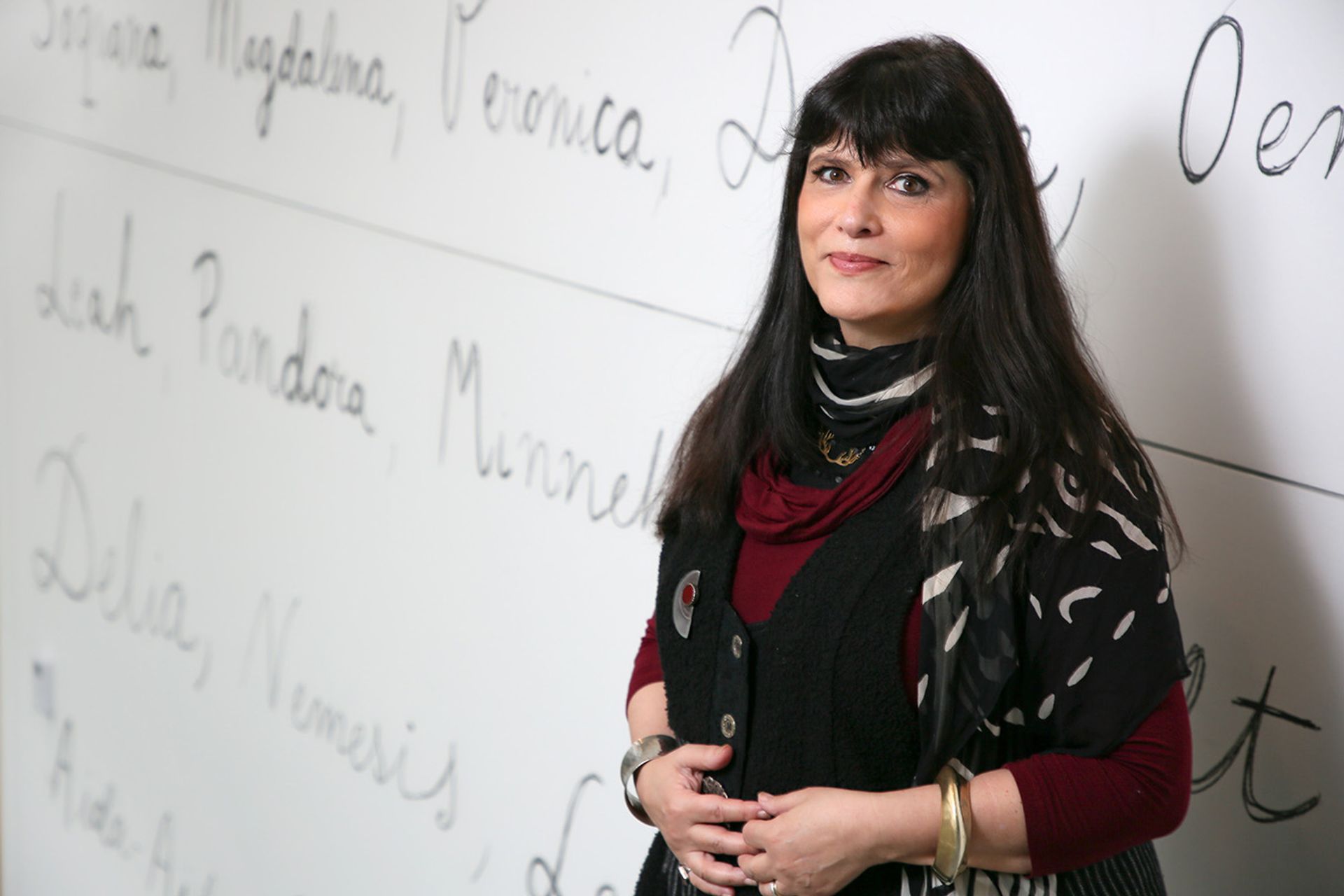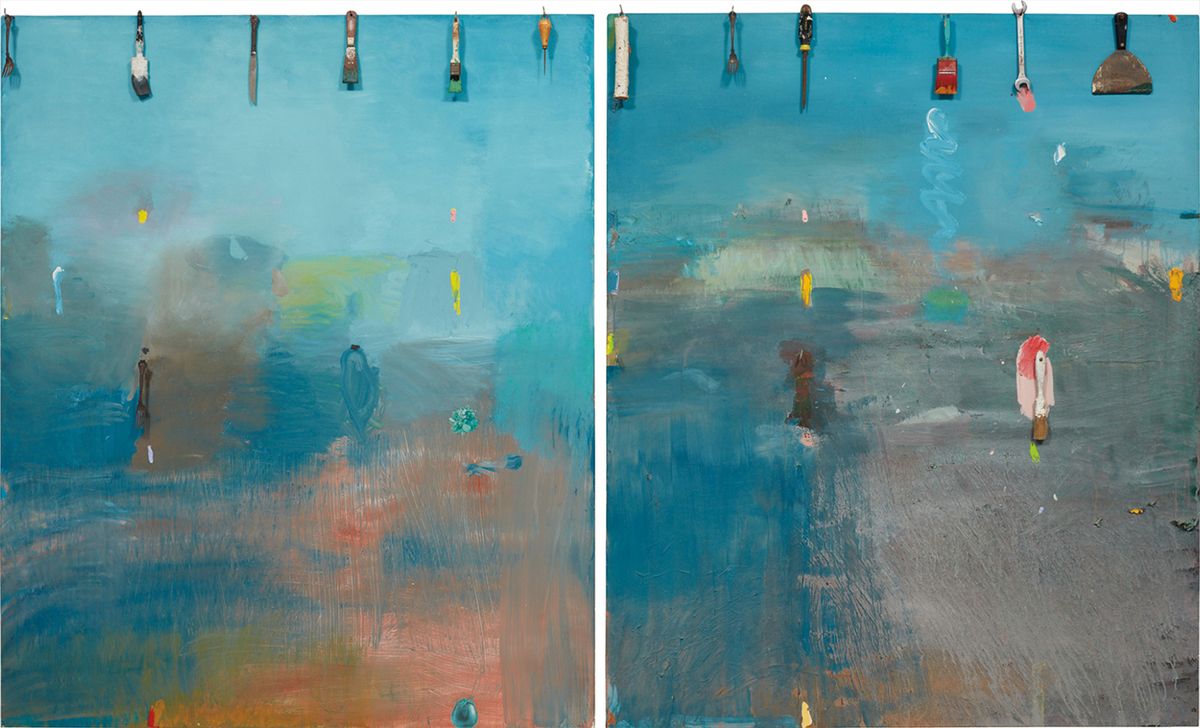Twelve years after its collection seemed fated to be sold off by Brandeis University to raise funds, the Rose Art Museum in Waltham, Massachusetts, says it has received gifts of 86 works of art—including pieces by Francesco Clemente, Jim Dine, Jenny Holzer, Betye Saar and Andy Warhol—in honour of the 60th anniversary of its founding.
The donations appear to reflect renewed confidence in the university’s ability to sustain the museum and its 9,000-plus works of art after the attempted 2009 shutdown, and to survive the current financial downturn precipitated by the Covid-19 pandemic.
The Rose’s director and chief curator, Gannit Ankori, says she has taken a voluntary pay cut and drastically cut operating expenses in response to the pandemic, but that she sees the gifts as a testament to the museum’s stature and endurance. The donations “greatly enhance our permanent collection and reaffirm the significance of the Rose as a leading repository of Modern and contemporary art,” she says in a statement. She added in an interview, “It is an astounding affirmation of our mission.”
Some of the gifts announced by the Rose bolster its holdings of works by the same artists, while others mark the entry of new and underrepresented figures. Ankori says that all of gifts were vetted “and determined to be highly significant and aligned with our mission”.
Many were donated by the Rose’s board of advisors, “whose support through thick and thin has been extraordinary”, the director adds.
While she says she is “not allowed to have favourites,” Ankori calls particular attention to the museum’s acquisition of its second Betye Saar assemblage, Standing in the Shadow of Love (2020); civil rights-era photographs by Danny Lyon; and works by artists who were not previously represented in the collection, including Yoko Ono, Qingsong Wang, Danh Vo and Koichiro Wakamatsu.

Betye Saar, Standing in the Shadow of Love (2000), the second assemblage by the artist to enter the Rose's collection Courtesy of the artist and Roberts Projects, Los Angeles
Jonathan Novak, a Brandeis University alumnus and California art dealer, donated a diptych painting by Dine, Harry Mathews Skis the Vercour (1973). Sixteen other alumni donated two works by James (Ari) Montford Jr, the first Black Native American graduate of the studio art programme at Brandeis, while two other pieces by the artist were gifted by a gallery and a private donor.
Gerald S. Fineberg, a member of the Rose’s board of trustees, and his wife, Sandra, gave the museum 14 paintings, sculptures, photographs and works on paper. Among them are a 1989 red granite bench by Holzer, part of her Survival series, the third piece by the artist to enter the museum’s collection; the Saar assemblage; a large Warhol drawing; and works on paper by Tracey Moffatt and Nam June Paik. The Rose says that new artists to enter the collection through the Fineberg gift include Clemente, Allen Ginsberg, Ono, Qingsong and others.
Beth Marcus, a longtime donor, gave the museum a copper sculpture from Vo’s We the People (2011), one of 250 pieces cast from fragments of the Vietnamese-born artist’s replica of the Statue of Liberty.
Ankori says that many of the gifts will go on view in the exhibition re: collections, Six Decades at the Rose Art Museum, opening in May, and that several rotations of works are planned during the show. “We want to challenge the conventions of the art historical narrative by uncovering new connections, charting alternative genealogies, and inviting innovative interpretations of Modern and contemporary,” she says.

James Ari Montford, The Annunciation (2015) Rose Art Museum, Brandeis University
In the meantime, Ankori says, the Rose has been organising pop-up exhibitions including many of the new works, accompanied by virtual programmes in which curators and invited guests discuss the art on view.
Brandeis University was founded in 1948 by members of the American Jewish community with the goal of opening its doors to all at a time when Jews and other minorities faced discrimination in US higher education.
The creation of the Rose followed in 1961: accepting that it was too late to establish an encyclopaedic collection and that some university museums had fallen short in pursuing that goal, its founding director, Sam Hunter, set out to collect sterling examples of contemporary art. The museum began acquiring works directly from the studios of such artists as Willem de Kooning, Jasper Johns, Robert Rauschenberg, Warhol, Yayoi Kusama and others, some of which are today worth millions.
To the dismay of the art world, donors and Brandeis students and faculty, the university proposed amid a recession in January 2009 to close the museum and sell off its art holdings to shore up its finances. An uproar ensued as well as a review by the Massachusetts attorney general and a lawsuit, ultimately leading to a settlement negotiated by a new university president assuring that the museum would endure and Brandeis would not consider selling off its art.

Gannit Ankori, director and chief curator of the Rose Art Museum at Brandeis University Charles Mayer Photography
The 86 newly donated works of art “is but one of many examples that display the incredible support and confidence the Rose has regained,” says Ankori, who became director and chief curator in January after filling both roles on an interim basis last year. “Both the Rose and Brandeis have worked tirelessly to repair trust with donors and the wider world.”
The museum is currently closed to the general public because of Covid-19 concerns but has been allowing limited visits by Brandeis students, faculty and staff members since last fall.


